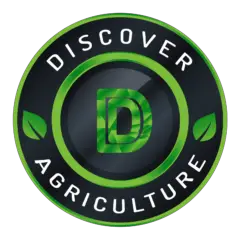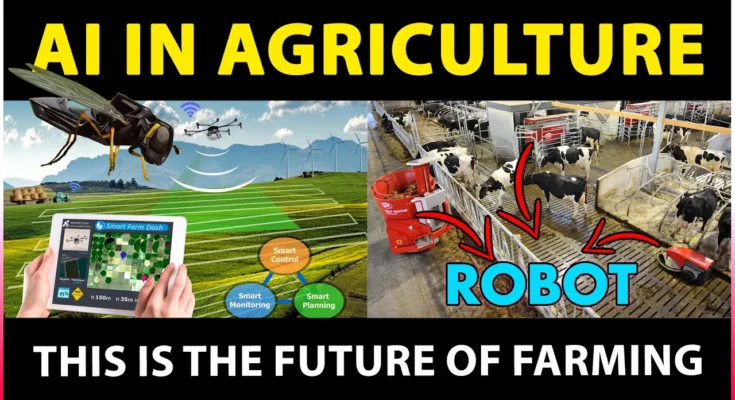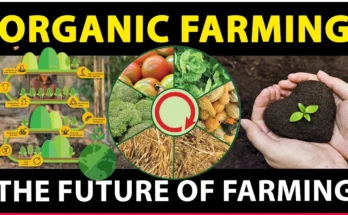Introduction
The agriculture industry is undergoing a technological revolution, with Artificial Intelligence (AI) and the Internet of Things (IoT) leading the charge. These innovations are making farming smarter, more efficient, and sustainable, helping farmers tackle challenges such as climate change, labor shortages, and food security.
In this article, we’ll explore:
✔ How AI is transforming agriculture
✔ Key AI and IoT applications in smart farming
✔ Benefits and future trends in AI-driven agriculture
How AI is Revolutionizing Agriculture
AI in agriculture leverages machine learning, computer vision, and big data analytics to optimize farming processes. Key areas where AI is making an impact include:
1. Precision Farming
AI analyzes soil conditions, weather data, and crop health to provide real-time recommendations.
Farmers can optimize irrigation, fertilization, and pesticide use, reducing waste.
2. Crop Monitoring & Disease Detection
Drones and AI-powered cameras scan fields to detect pests, diseases, or nutrient deficiencies early.
Machine learning models predict outbreaks before they spread.
3. Automated Machinery & Robotics
AI-driven tractors and harvesters operate autonomously, improving efficiency.
Robotic weeders reduce herbicide use by targeting only unwanted plants.
4. Predictive Analytics for Yield Optimization
AI models analyze historical and real-time data to predict crop yields and market trends.
Helps farmers make data-driven decisions on planting and harvesting.
5. Smart Greenhouses & Vertical Farming
AI adjusts temperature, humidity, and light automatically for optimal growth.
IoT sensors monitor plant health in real time.
The Role of IoT in Smart Farming
IoT complements AI by connecting sensors, drones, and farm equipment to a centralized system. Key IoT applications include:
✔ Soil & Weather Sensors – Monitor moisture, temperature, and nutrient levels.
✔ Livestock Tracking – Wearable devices track animal health and location.
✔ Automated Irrigation Systems – Water crops based on real-time soil data.
✔ Supply Chain Optimization – Track produce from farm to market to reduce spoilage.
Benefits of AI & IoT in Agriculture
| Benefit | Description |
|---|---|
| Higher Yields | AI optimizes growing conditions for maximum productivity. |
| Resource Efficiency | Reduces water, fertilizer, and pesticide waste. |
| Cost Savings | Lowers labor costs and minimizes crop losses. |
| Sustainability | Promotes eco-friendly farming with precision techniques. |
| Data-Driven Decisions | Farmers get actionable insights for better planning. |
Future Trends in AI-Powered Agriculture
AI-Powered Autonomous Farms – Fully automated farms with minimal human intervention.
Blockchain for Food Traceability – Ensures transparency in the supply chain.
AI-Backed Agri-Financing – Helps farmers secure loans based on predictive analytics.
Climate-Resilient Farming – AI models predict and adapt to changing weather patterns.
Challenges & Considerations
While AI offers immense potential, farmers must consider:
High initial investment in technology.
Need for digital literacy to operate smart farming tools.
Data privacy concerns with IoT-connected systems.
Conclusion: Embracing the Future of Farming
AI and IoT are transforming agriculture into a high-tech industry, making it more productive, sustainable, and profitable. Farmers who adopt these technologies early will gain a competitive edge in the evolving market.
Also View: Discover Agriculture’s YouTube Channel




